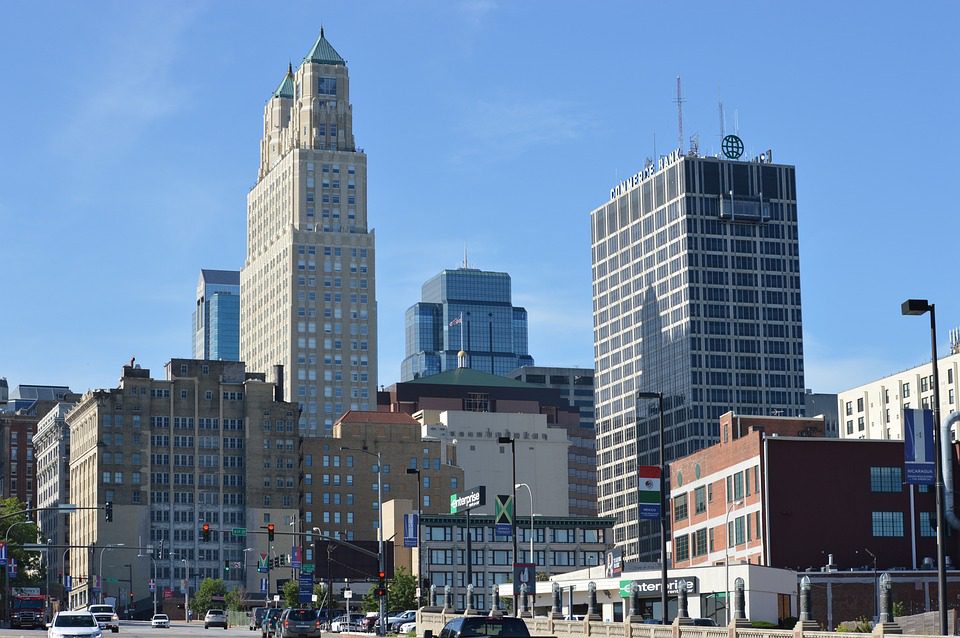As 2022 comes to an end, we look forward to 2023! Not many would have guessed Kansas City would see a surging commercial real estate market while facing the most severe economic pandemic we have seen in generations. For many industry professionals, it defied all logic.
We are just beginning to see the potential long-term effects of economic policy related to the response to the pandemic. While economic policies like low-interest rates and PPP loans helped keep the commercial real estate market afloat during uncertainty, the impact of COVID has created ripples in every facet of the world, including the economy.
The impact of these policies will continue to drive Kansas City market conditions into the future. Interest rate hikes are aimed at curbing inflation, which is the highest it has been since the 1980s, and will undoubtedly have a direct impact on the commercial real estate industry. Commercial real estate is known for its slow reaction to market trends; the reaction to interest rate hikes will be no different.
It takes months, sometimes years, from the time an investment opportunity is identified to when the transaction is closed. Meanwhile, pricing expectations of buyers and sellers grow wider by the day as cash flows are constricted by higher borrowing costs. It is expected that transaction volumes will slow significantly as many investors play the waiting game.
When compared to historical interest rates shown on the graph below provided by the Federal Reserve Bank of New York, our current rates are approaching pre-financial crisis levels.
Currently, we are getting back in line with historical averages in terms of interest rates but only time will tell where the peak of the rate. While it is not expected that we will see rates increase to record levels, we are entering uncharted territory as the Federal Reserve reacts to a unique set of market conditions including supply chain issues, labor shortages, conflict abroad, low unemployment, and inflation.
Typically, there is a direct correlation between borrowing costs and property values. Over the last 10 years, we have seen capitalization rates – a calculation that indicates an investor’s potential return on an asset before debt service – have steadily dropped.
This trend was aided by low borrowing costs. As interest rates rise, capitalization rates will likely rise as well as investors look to maintain adequate cash flows. This means property values are likely to drop as increased debt service eats away at investor returns.
Market volatility is common in commercial real estate due to both micro and macroeconomic trends, but due to the unique nature of the current market investors will need to prepare accordingly.
- Plan well in advance for capital improvements. It’s very likely that labor and material costs will continue to rise which will add cost to your roof replacement, HVAC replacement, parking lot mill, overlays, etc.
- Perform ‘stress tests’ in your project pro forma to ensure that your future cash flows will be able to absorb increased debt service.
- Be prepared to hold your assets until there is more clarity in the economy. The current gap between buyers and sellers is expected to remain wide for the next few quarters (at least). Many buyers are likely to sit on the sideline to see where the market goes, decreasing demand.
- If you are a buyer, keep looking for acquisitions even as sale volumes decrease. It may take longer for deals to transact, but ‘hanging around the hoop’ will likely result in opportunities as the market comes into focus.
- Stick to the fundamentals.
The economic outlook looks unfavorable in many respects, but it will likely lead to acquisition possibilities in the future. Volatility creates opportunities for those with foresight.

